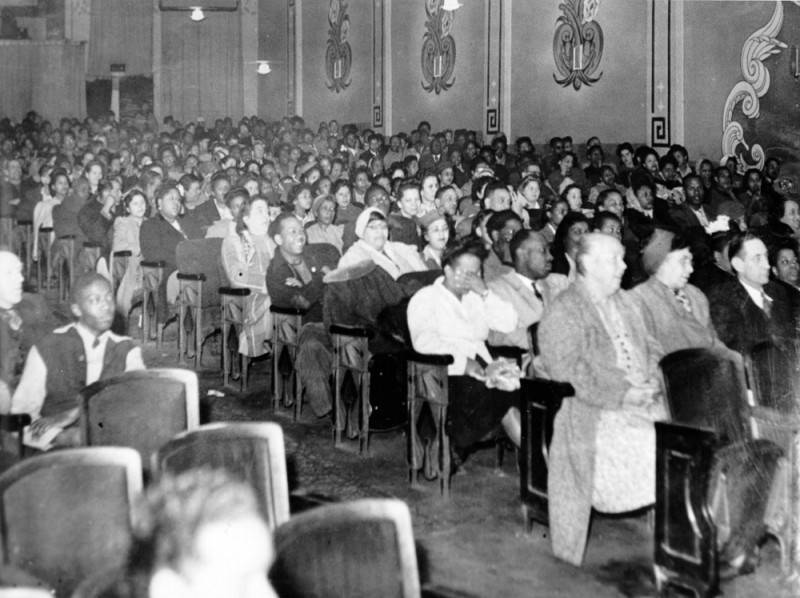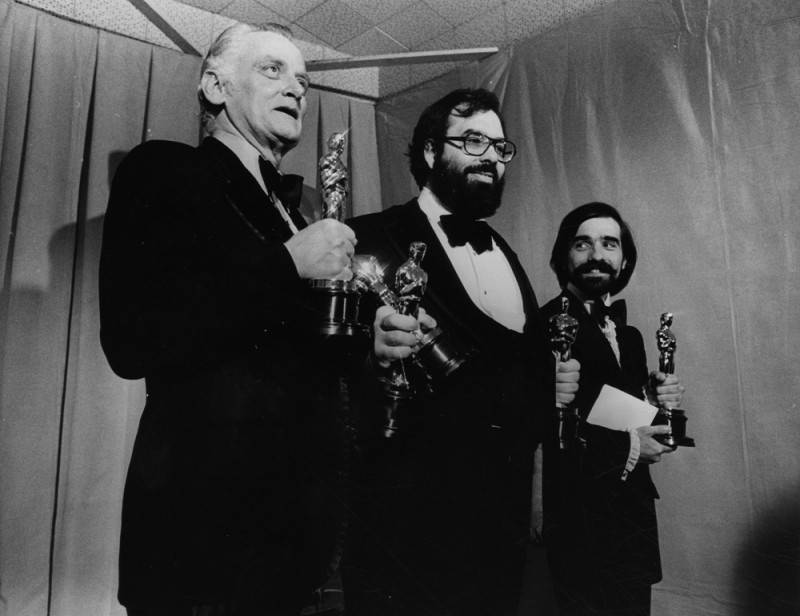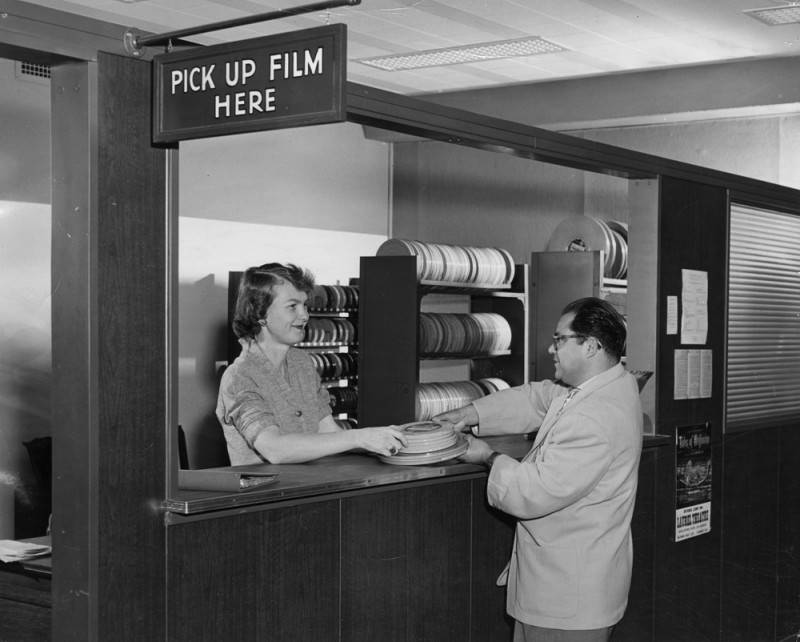Martin Scorsese, born November 17th, 1942 turns 80 years old today. Known as Marty to his pals, he is one of North America’s most well-known directors. With 2023 promising the release of the David Grann adaptation, Killers of the Flower Moon, Scorsese will have a filmography spanning over seven decades touching on everything from tender domestic dramas (Alice Doesn’t Live Here Anymore), to somber devotional journeys (Silence) and intimate biographies (George Harrison: Living in the Material World, Public Speaking and No Direction Home). But inarguably, it is his unflinching depiction of a crude, searching masculinity that his reputation hangs on, from "Mean Street" to "Wall Street", his most beloved films are operatic in scope, foul-mouthed and prone to violence and self-destruction; whether these depictions are celebratory, damning, or altogether ambiguous will be argued well into the future. But beyond his own oeuvre, Scorsese has additionally made a name for himself as a true advocate and champion of film. Neither an impassioned critic, nor a magpie seeking to source inspiration for his next feature (nothing wrong with that of course!), Scorsese’s advocacy has taken a number of forms, from the practical to the personal, but always on a large scale.
Flip open any interview with Scorsese and be prepared to add films both popular and obscure to your watchlist. But to get fully into Marty-the-Cinephile’s head, go straight to A Personal Journey with Martin Scorsese Through American Movies. As singular and thorough as the name suggests, the viewer is pulled through nine decades of film history in just under four hours, favoring directorial profiles—the Storyteller, the Illusionist, the Smuggler, and the Iconoclast—over a chronological approach. His follow up My Voyage to Italy just as much of a tribute to his first-generation Italian-American parents as it is to the neo-realists (Rossellini and Visconti) and the art-house (Antonioni and Fellini) that so heavily influenced his gritty, inventive and morally-concerned style. Best viewed over a heaping plate of spaghetti with tomato-and meat sauce as cooked from Italianamerican: The Scorsese Family Cookbook, a stellar entry in the celebrity family cookbook canon.
A love of film necessitates an awareness of film’s threats; nitrate fires, vinegar syndrome, and color-fading are just some of the destructive elements eating away at cinematic history. The numbers are staggering; with less than half of pre-1950s films having survived, significant damage to our cultural and artistic memory has already occurred. Nitrate film, extremely flammable and nowadays exclusively shown with a dedicated safety regiment, has resulted in some of the biggest losses of film; the 1937 Fox Vault fire wiped out three-quarters of their pre-1930 titles permanently.
The transition to cellulose acetate film, known as "safety film" was a step in the right direction, but not without its flaws. Cellulose triacetate degradation, known as “vinegar syndrome” due to the adic odor this film emits as it decays results in brittle, unscreenable celluloid. Dry, cold storage can prolong the integrity of film, but not indefinitely. Rumored to have been prompted by Scorsese’s colleague Steven Spielberg’s shock that a then only 15-year old print of Jaws could be in such compromised condition, there was a call to begin to preserve film in a systematic and scalable manner. Scorsese explains the situation to Richard Schickel:
"It began in the mid-seventies when I was just trying to get films for research - American films, Italian, British, whatever. We found the situation was dire. The films were falling apart. There was alarm, really. I felt it, some film critics did. Spielberg would get a print and it had turned magenta and would be cut in five different places…Sometimes we couldn’t even see the image. We knew we had to try to make sure that these films survived for the next generation"
In 1990, Scorsese established The Film Foundation to answer this very problem. A nonprofit organization dedicated to nothing less than “protecting and preserving motion picture history,” the Film Foundation takes on the hard work of identifying and restoring films at risk of being lost to time. Hardly a solo endeavor, the initial board was a line-up of North America’s best known directors; Francis Ford Coppola, Sydney Pollack, Stanley Kubrick, George Lucas, Robert Altman and others. Their first year brought a set of five restorations drawn from the late 1940’s American studios: Force of Evil, The Private Affairs of Bel Ami, Pursued, Ramrod, and The Red Pony. Through partnerships as diverse as Writers’ Guild of America, Criterion Collection, AFSCME, UCLA’s Film and Television Archive and The Library of Congress, The Egyptian Ministry of Culture, and many, many more, The Film Foundation has now restored more than 900 films in their three decades of existence.
The work of restoring films comes at no small cost; a color feature with sound is usually budgeted for $80,000 to $450,000. A restoration starts with locating the original camera negative when available, or alternatively an especially pristine and well preserved print. The film is then cleaned, repaired, and scanned at a high resolution. The resulting files are reconstructed to compensate for scratches and adjusted for color and brightness on a frame-by-frame basis for a consistent appearance matching the director's intention. Reference prints are employed, and the work is highly skilled, subjective, and detailed. Some projects have an even higher budget; Gucci donated $900,000 in support of the restoration of Luchino Visconti's The Leopard; rich in all senses of the word, the fine interiors of 19th century Italian aristocracy are captured in stunning deep focus and the restoration is appropriately shimmering.
In 2007 Scorsese and The Film Foundation continued their restoration work with The World Cinema Project. With a Filmmakers Council from around the world, including Abbas Kiarostami, Deepa Mehta, Raoul Peck, and Tian Zhuangzhuang, 50 films from Africa, Asia, Eastern Europe, Central America, South America, and the Middle East from been restored, distributed and, often in partnership with the Criterion Collection, released on DVD. The films include many of Scorsese’s most beloved films such as Sergei Parajanov’s staggering Color of Pomegranates (like “opening a door and walking into another dimension” says Marty) and the underseen, then banned, and then recently recovered from a flea-market, Mohammad Reza Aslani’s Chess of the Wind.
Before the announcement of Killers of the Flower Moon, Scorsese himself has suggested that his 2019 epic The Irishman could be his final directorial outing; the film’s autumnal and reflective tone supported this. Weary and decidedly unromantic in its depiction of the mobster life, it serves a goodbye to his most recognizable legacy. And while Scorsese will forever remain justly celebrated for his tough-talking, streetwise features, we are additionally lucky to have his passionate and strategic support of cinematic history. We invite you to celebrate Marty’s 8th decade by exploring just a few of the titles restored by the Film Foundation.














